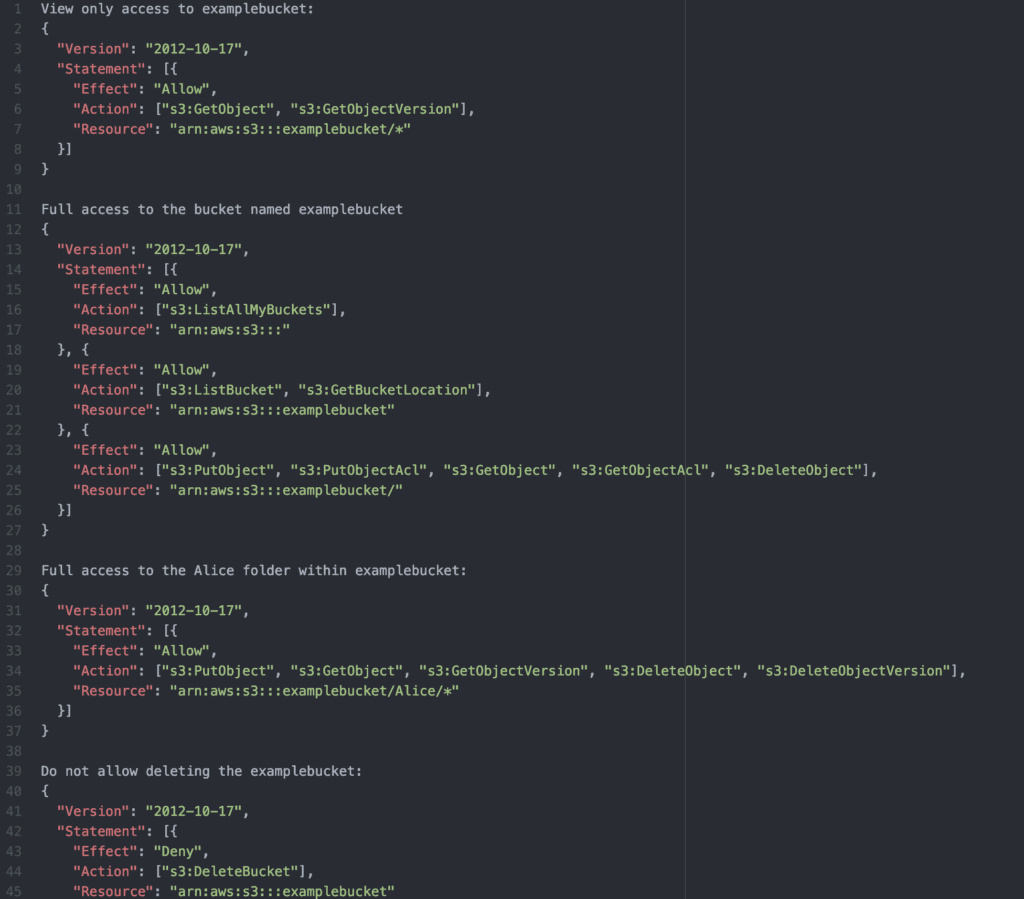
Today, we are formally introducing our Managed Object Storage (MOS) service.
As there are several object storage services available today, we didn’t tread into this offering lightly. Deft’s MOS is the result of extensive research and development, feedback from customers and partners, and a thorough analysis of market requirements. We realized there is a need, from our ecosystem, to provide object storage the Deft way.
Why choose Deft for object storage?
- You have a premium object storage service located in the center of the country, Chicago, IL, minimizing latency and improving application and data access performance;
- The service is on-net, removing egress fees and changing the economics of object storage platforms;
- You receive 24x7x365 support provided by expert, always-accessible technicians;
- You receive industry-leading SLAs backed by a company with over 21+ years of operating experience; and
- You have dedicated account management and customer success teams here to flexibly support your business as its operating, technical, and financial needs change.
Managed Object Storage overview
Customers can use MOS to store and retrieve any amount of data at any time, from anywhere on the internet. This task is accomplished via native Deft MOS APIs and the Amazon S3 HTTP REST API.
Deft MOS is delivered from our global data centers, giving you the option to store anything from almost anywhere. MOS is a turnkey solution that is maintained and operated by our Managed Services team. All underlying hardware and network connectivity for the platform is fully administered and monitored by the Deft team.
Managed Object Storage basics
- MOS stores data as objects within buckets.
- An object consists of a file and optionally any metadata that describes that file.
- Before you can store data in MOS, you must create a bucket.
- You can create as many buckets as necessary for your configuration.
- For each bucket, you can control access to it (who can create, delete, and list objects in the bucket/view access logs for it and its objects).
- Buckets, by default, are private and can be made publicly accessible as needed.
- To store an object in MOS, you upload the file you want to store to a bucket.
- When you upload a file, you can set permissions on the object, including public or private access, as well as any metadata associated with the file.
Use cases
The MOS Service is a highly-performant, secure, and feature-rich object storage service. With MOS, organizations of all sizes and industries can store any amount of data for any use case, including:
- Cloud-native applications
- IoT
- Data lakes/analytics
- Backup and restore
- Archive
- Disaster recovery
Durability and reliability
The MOS Service is designed for 99.99995% durability to protect data from site-level failures, errors, and threats.
The MOS Service is designed for 99.9995% reliability so that it is always available to customer end users and applications.
